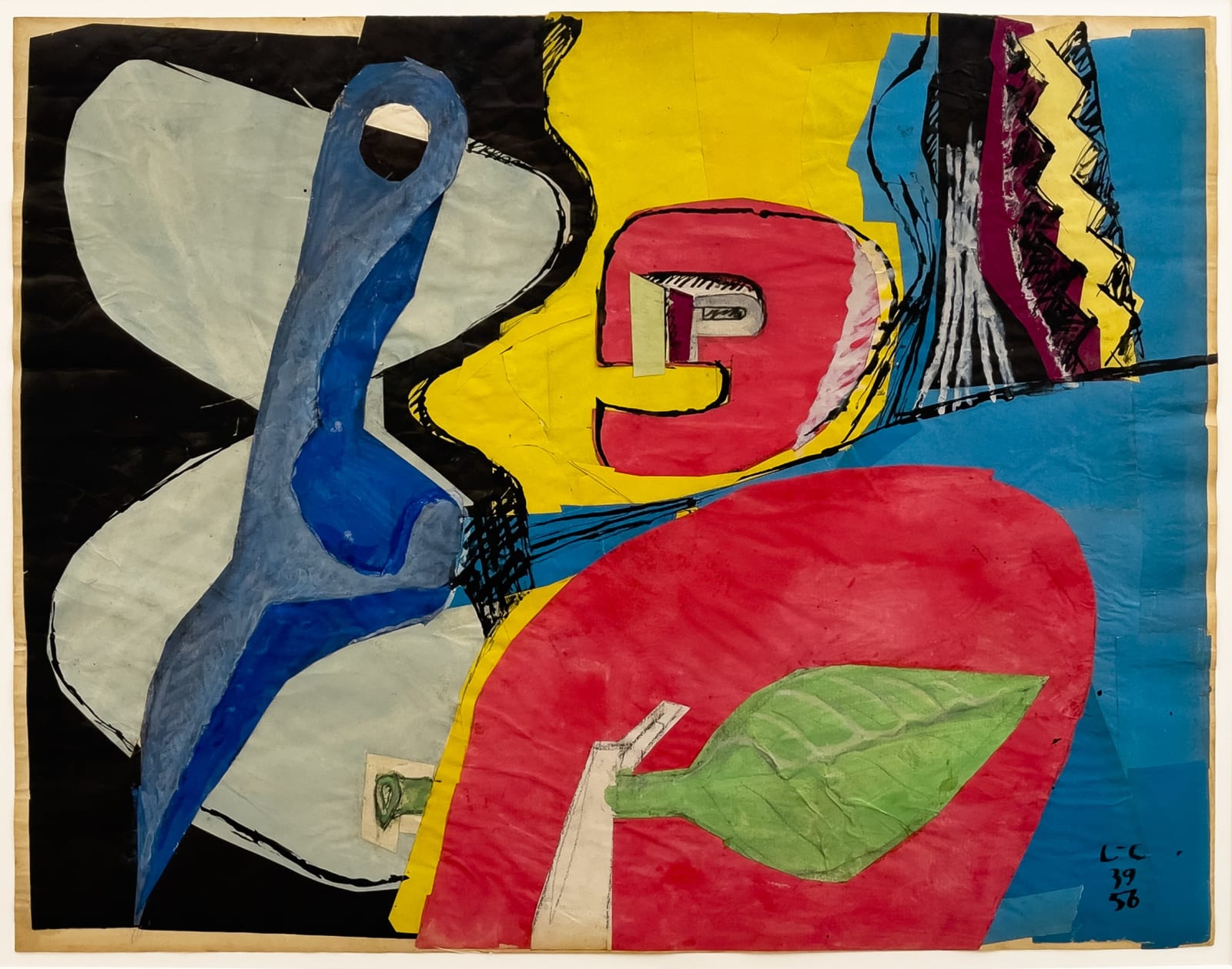

 Interior view of villa E1027 in Roquebrune-Cap-Martin belonging to Eileen Gray, Image © Manuel Bougot
Interior view of villa E1027 in Roquebrune-Cap-Martin belonging to Eileen Gray, Image © Manuel Bougot
Le Corbusier Switzerland, 1887-1965
17 1/4 x 21 7/8 in.
framed: 63 x 75 x 4 cm
Further images
“There are no sculptors only, no painters only, no architects only; the plastic incident fulfils itself in an overall form in the service of poetry.” Le Corbusier, 1962
Born Charles-Édouard Jeanneret, the Swiss-born artist and architect better known as Le Corbusier made his name after moving to Paris in 1917. With the French painter Amédée Ozenfant he created and led a variation of the Cubist movement called Purism, where objects are represented as elementary forms devoid of detail. After 1925 the movement gave way to melodic figural compositions which would leave a lasting impact on the future generations of Abstract Expressionists. Le Corbusier’s influence has few parallels within the 20th century; his unique and visionary approach to art and architecture established a new modern vision for living that has become an integral part of 21st-century life. Drawing remained a central aspect of Le Corbusier’s multi-faceted artistic practice throughout his career as a means to express himself in a more personal manner, and as a vehicle through which to attain a pure form of poetry. It was an indispensable medium not only for communicating his utopian architectural visions but also for exercising his artistic and purely plastic ideas. His works on paper exhibited at The World of Le Corbusier: Collages and Drawings exemplify the artist's thoughts in the creative moment.


